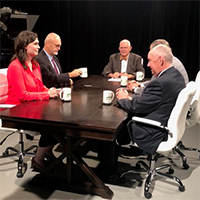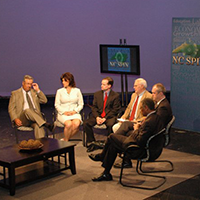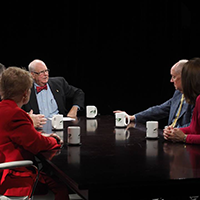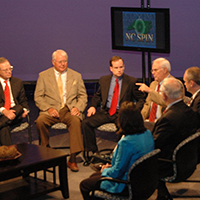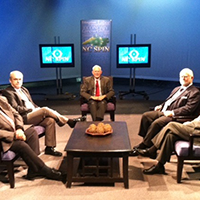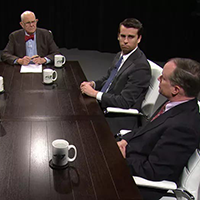Sitting on a public affairs television panel last weekend, flanked by two progressive commentators, I was struck by how out of touch their arguments sounded. They clung to decades-old talking points about public schools and government solutions, even as the country is clearly moving on from that idea.
As much pride as the left takes in being the first through the cultural door, surrounded by youth, finger on the pulse of what’s next; they’ve misread today’s momentum. From school choice to the government shutdown standoff, people are realizing that government isn’t the solution; it’s the problem. It doesn’t empower families, it stifles them.
The political class may not want to admit it, but the country is shifting toward common sense. People are tired of being told the answer to every challenge is more government and more spending. Public trust in our institutions is historically low, with only one-in-three Americans (33%) saying they trust the federal government.
Ultimately, progress is not measured not by how many programs Washington launches, but by how many barriers it removes for families, workers, and small businesses. A new Gallup pollshows that exact sentiment is growing, as half (49%) of Americans now say the government should cut spending rather than raise taxes to reduce the federal deficit. Likewise, a Cato Institute survey found that 55% of Americans (including half of Democrats) say taxes are already too high, and 81% say they cannot afford to pay more.
The national mood is shifting, but here at home, North Carolina has already proven that fiscal restraint works. Our state was ahead of this curve, resisting the temptation to spend more at every opportunity and jump headfirst into every social policy movement. As a result, our economy shows strength and our communities show resilience in 2025.
The state’s unemployment rate has held steady at 3.7%, well below the national average of 4.3%, according to the North Carolina Department of Commerce. Over the past year, the state added roughly 80,800 new jobs, with growth across key industries, professional and business services (+21,500), education and health care (+21,100), and construction (+8,000). These gains show that when entrepreneurs and employers are allowed to do their jobs, families find opportunity. Economists at UNC Charlotte’s Belk College of Business project 2.7% real GDP growth for the year.
This is what happens when government doesn’t get in the way. Businesses grow. Families work. Communities invest. It’s a real-time example that prosperity doesn’t come from Washington; it’s created by people, not programs.
Meantime in Washington, the government shutdown is all anyone is talking about. My recent visit north found the traffic lighter and the bar talk quieter. But outside the beltway, the shutdown barely registers. Our daily life goes on. Trash is picked up, schools are open, and we all go on to work. If Democrats on Capitol Hill want to gamble that the public shares the view that Washington is indispensable, It’s a bad bet.
In 2019, more than 80% of Americans say that the government shutdown did not affect them and most blamed partisan infighting. My sense is that the 2025 shutdown will be no different. The exceptions are those whose paychecks stop — federal workers, especially military service members, who don’t have the luxury of missing a payday.
It begs the question: If most Americans barely notice when Washington shuts down, shouldn’t we take a hard look at which government programs truly serve the public and which just employ bureaucrats?
Every time Democrats frame a shutdown or a policy loss as a catastrophe, a “statewide emergency,” they remind voters just how oversized the government footprint has become. No amount of narrative from talk shows will change the truth that more (and younger)Americans are realizing; government doesn’t drive the country, people do.

